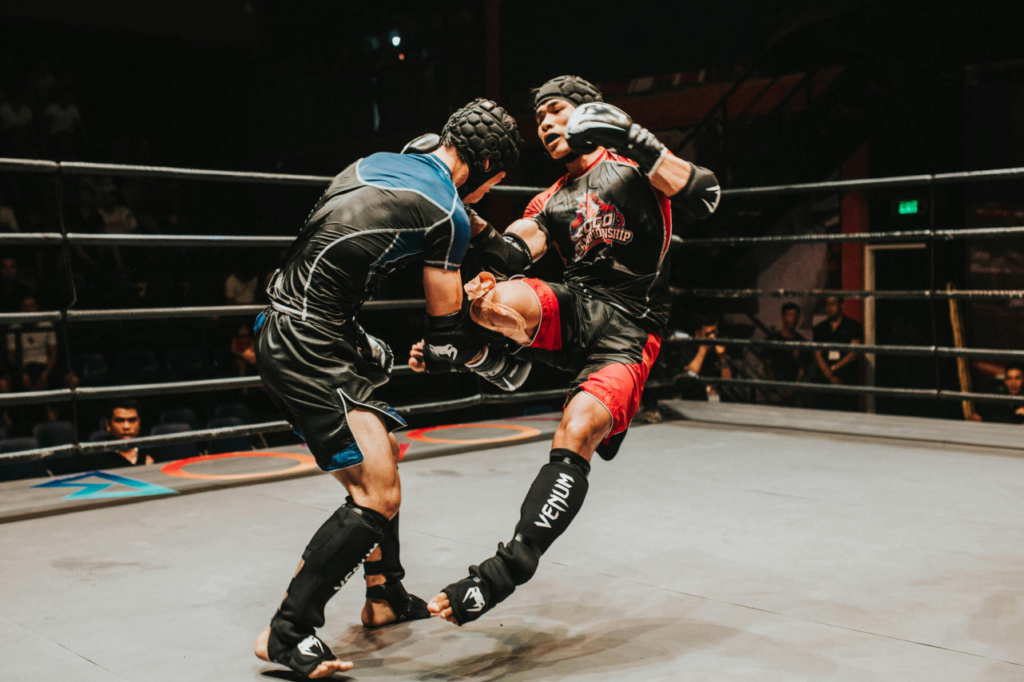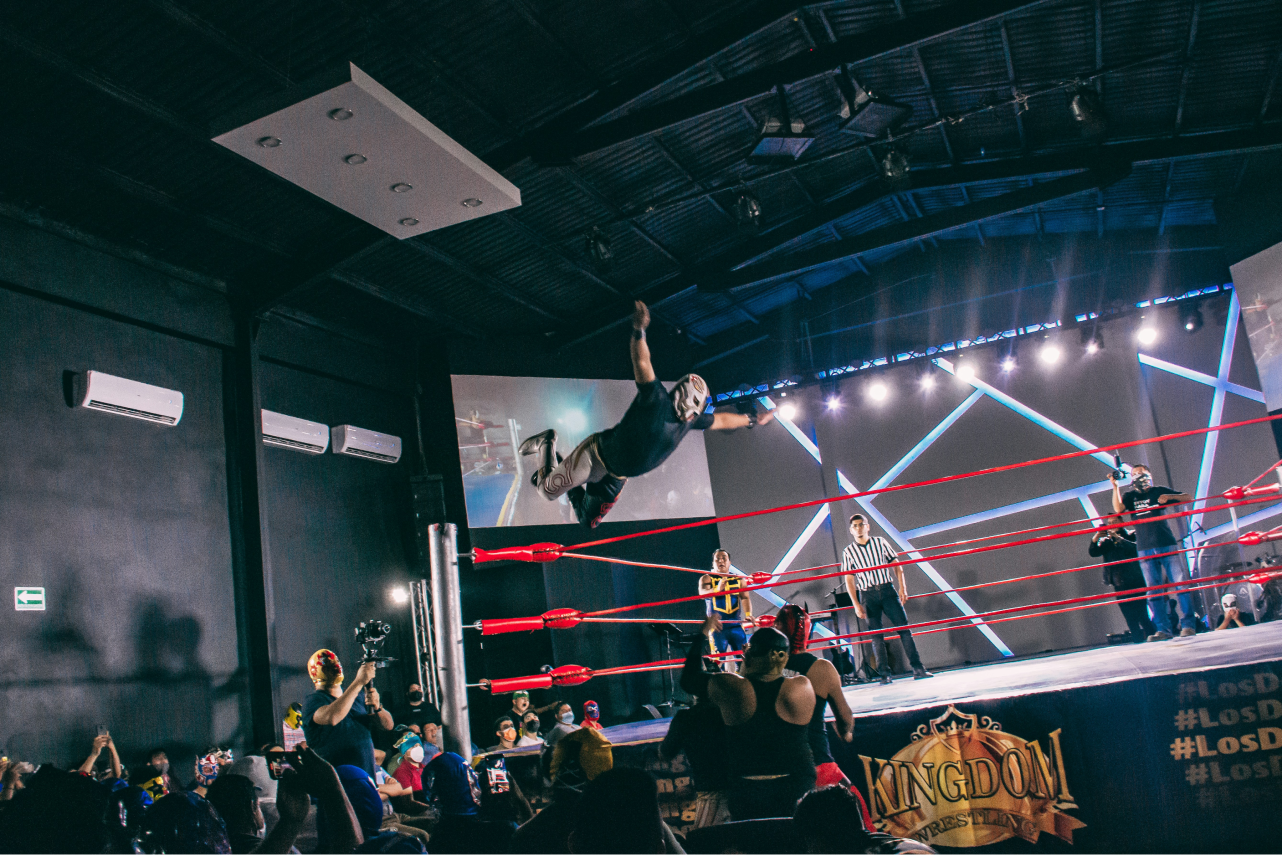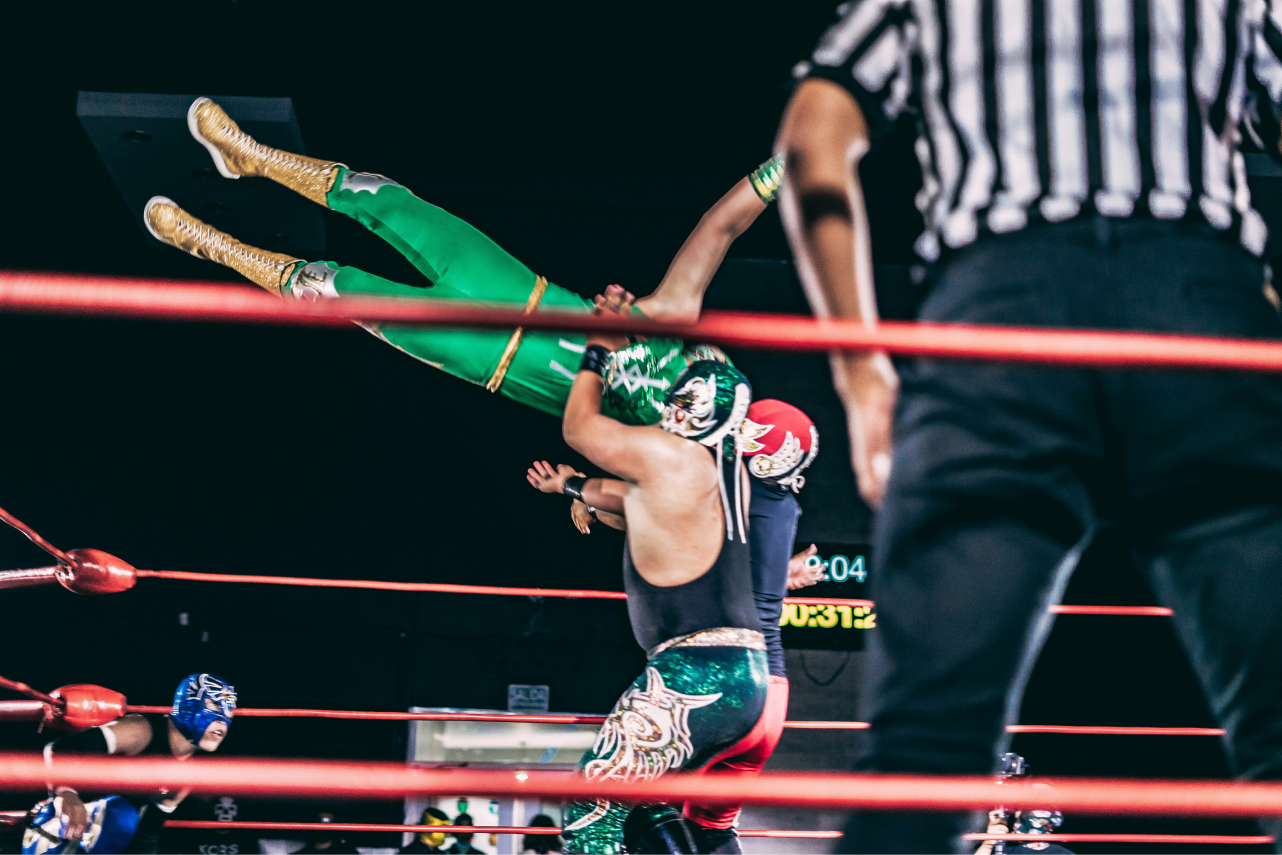WWE has undergone a remarkable transformation since its inception, evolving from a regional wrestling promotion to a global sports entertainment juggernaut. In this blog, we’ll take a trip through the most significant eras in WWE history, examining how the company reinvented itself to stay at the top of the industry.
The Golden Era (1980s)
The 1980s was the era that brought professional wrestling into mainstream pop culture. Led by larger-than-life characters like Hulk Hogan, “Macho Man” Randy Savage, and Andre the Giant, WWE (then WWF) was all about spectacle. WrestleMania became a cultural phenomenon during this time, and celebrities like Mr. T and Cyndi Lauper became integral to WWE’s rise. Coach reflects on how Vince McMahon’s vision transformed wrestling into sports entertainment.
The Attitude Era (Late 1990s)
Perhaps the most famous era in WWE history, the Attitude Era pushed the boundaries of what wrestling could be. Characters like Stone Cold Steve Austin, The Rock, and D-Generation X helped WWE become edgier, appealing to a more mature audience. Coachman explains how this era marked a cultural shift and made WWE the dominant force in the Monday Night Wars against WCW.
The PG Era (Mid-2000s)
As WWE transitioned into the PG Era, it was time for a rebranding. Gone were the days of gratuitous violence and risqué content; instead, WWE shifted to a more family-friendly approach. Superstars like John Cena and Randy Orton led the charge during this time, appealing to a younger generation of fans. The Coach shares his insights on how WWE managed to remain relevant in an ever-changing entertainment landscape.
Each era of WWE has left its mark on the industry, adapting to cultural trends while maintaining the core elements of storytelling, athleticism, and larger-than-life personas. WWE’s ability to evolve has kept it at the forefront of sports entertainment for decades, and each era has given fans memories that last a lifetime.




